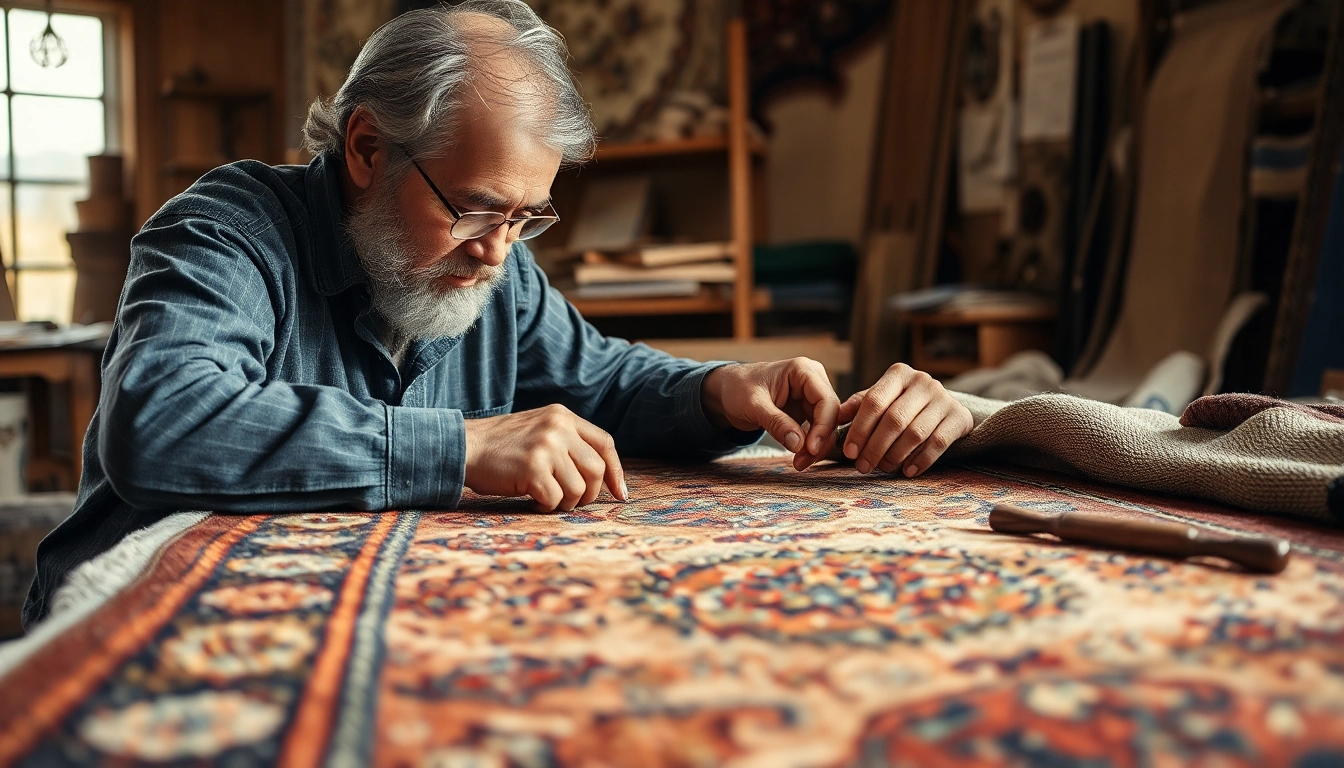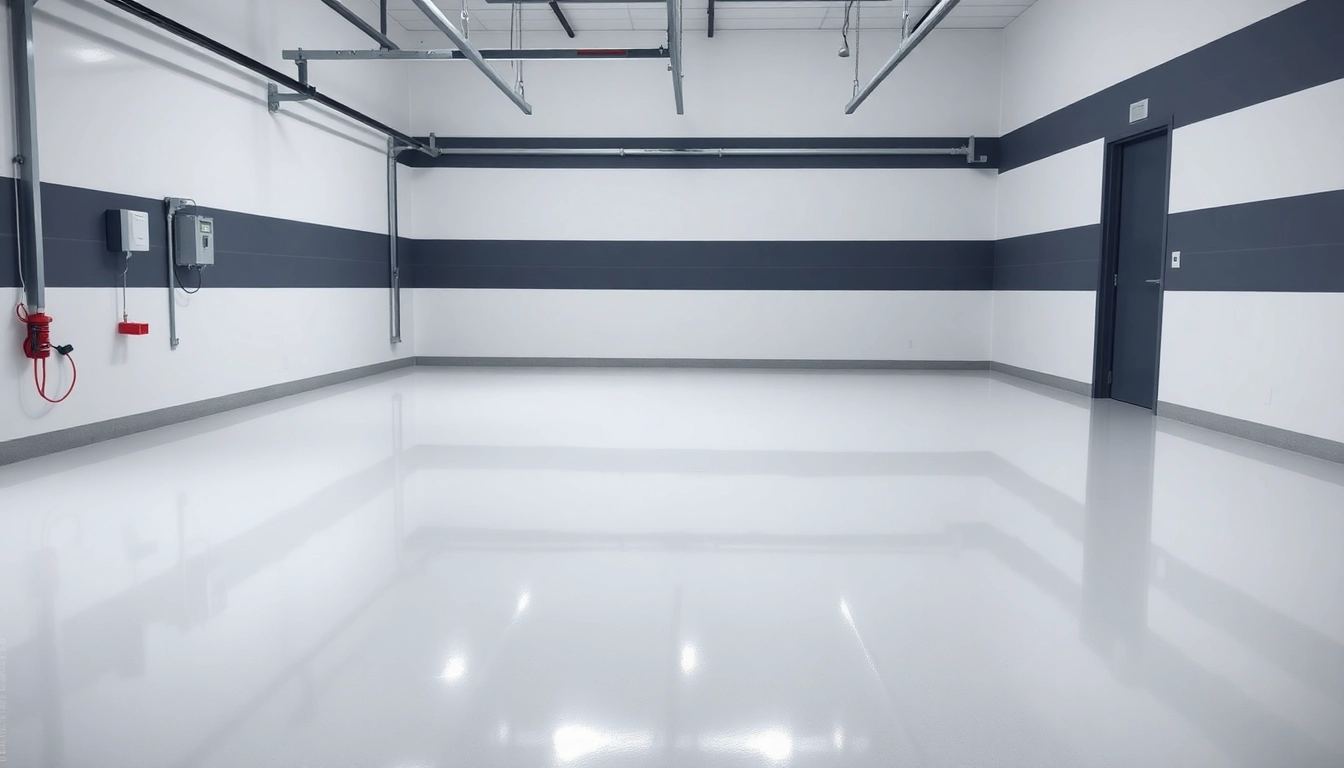Understanding the Importance of Restauro Tappeti Milano for Preservation
In a city renowned for its rich cultural heritage and exquisite craftsmanship, maintaining the integrity of antique and modern rugs is paramount. Restauro tappeti Milano, or carpet restoration services in Milan, play a vital role in preserving these cherished textiles for generations to come. Professional restoration not only extends the lifespan of rugs but also preserves their historical, aesthetic, and monetary value. Whether you own a delicate Persian masterpiece or a contemporary design, proper restoration helps safeguard your investment and keeps your space elegant.
Why Professional Restoration Prolongs Rug Lifespan
Professional restoration experts utilize advanced techniques and high-quality materials to ensure that every intervention respects the integrity of the original craftsmanship. Unlike DIY repairs, professional services address underlying damages such as deterioration of fibers, color fading, and structural weaknesses, preventing further deterioration. Skilled restorers perform meticulous cleaning, knot restoration, fringing, and stabilizing of the foundation, which collectively significantly extend the life of the rug.
Common Damages Found in Antique and Modern Carpets
Rugs are exposed to various forms of damage over time, which can compromise their beauty and durability. Antique carpets often suffer from:
- Fading or discoloration due to sunlight exposure
- Fraying or frayed edges and fringes
- Holes or tears caused by pests or physical damage
- Accumulation of dirt and stains embedded within fibers
- Weakened knots or broken warp and weft threads
Modern rugs may face issues such as:
- Color bleeding or uneven dyeing
- Wear and tear from frequent use
- Mechanical damages from improper handling
- Spills leading to stains or fiber degradation
How Proper Restoration Enhances Value and Aesthetics
Restoring a rug correctly not only revives its visual appeal but can also increase its market value. Carefully executed restoration preserves the authenticity and craftsmanship, which appeals to collectors and interior designers alike. A well-restored rug looks vibrant, structurally sound, and ready to serve as a centerpiece in any interior setting. Moreover, professional restoration techniques can correct damages without compromising the rug’s original artistic intent, thus safeguarding both its historical and monetary value.
Techniques and Processes for Effective Tappeti Restauro
Traditional vs. Modern Restoration Methods
Restoration methods vary largely depending on the rug’s age, material, and damage. Traditional techniques involve manual work rooted in centuries-old craftsmanship, such as hand-knotting, meticulously repairing broken fibers, and natural dye restoration. These methods respect the authentic methods used in historical rug making. Modern restoration incorporates advanced tools and materials like synthetic fibers, laser cleaning, and chemical treatments to optimize efficiency and precision. While traditional methods emphasize authenticity, modern techniques enhance durability and repeatability, often used in tandem for comprehensive restoration projects.
Step-by-step Process from Inspection to Final Restoration
- Initial Inspection: Experts assess the rug’s condition, identifying damages, fiber degradation, and color fading.
- Cleaning: Gentle yet thorough cleaning to remove embedded dirt, dust, and old stains, preparing the surface for repairs.
- Damage Assessment & Planning: Detailed planning of restoration steps, sourcing matching fibers or dyes, and determining the preservation approach.
- Repair & Reweaving: Hand-knotting or reweaving damaged sections, reinforcing weak areas, and restoring fringes.
- Color & Dye Restoration: Correcting fading through historically accurate dyeing techniques, ensuring the colors match original hues.
- Final Cleaning & Finishing: A gentle cleaning process to remove any residues, followed by stretching and finishing touches to restore shape and luster.
Materials and Tools Used by Milano Restorers
Restoration professionals employ a variety of high-quality materials, including:
- Natural dyes (e.g., vegetable or mineral-based) for authentic color restoration
- Silks and wools matching original fibers for reweaving
- Specialized repair threads and adhesives that are reversible and acid-free
- Tools such as fine needles, tufting frames, and laser cleaning devices for precision work
These tools enable restorers to perform delicate and precise interventions, ensuring the maximum preservation of the rug’s original qualities.
Choosing the Right Restauro Tappeti Milano Service
Factors to Consider: Experience, Certifications, Reviews
Selecting a trustworthy restoration service requires careful evaluation. Experienced professionals with verified certifications from recognized cultural and artisan organizations demonstrate commitment to quality. Reviews and testimonials from previous clients provide insights into the consistency and reliability of their work. An ideal service combines a rich expertise in antique and modern rugs, transparent communication, and a dedicated approach to preservation.
Cost Estimates and Value of Professional Restoration
The cost of restoring a rug varies depending on factors such as size, damage extent, materials needed, and complexity of the repair. Generally, prices can range from as low as €50 for minor spot cleaning to over €1,000 for extensive restoration of antique pieces. While professional restoration is an investment, it enhances the rug’s longevity and value—often making it a worthwhile expenditure for collectors and homeowners wanting to preserve their heritage.
How to Assess the Quality and Reliability of Providers
Verify the provider’s credentials, request portfolio examples of past projects, and seek references if possible. Visit their workshop to observe their tools and techniques firsthand. A reputable restorer will offer transparent estimates, detailed reports, and guarantees on their work quality. Additionally, look for providers involved in cultural preservation organizations or who hold certifications from recognized institutions, ensuring adherence to high restoration standards.
Case Studies: Successful Restauro Projects in Milano
Restoring Ancient Persian Masterpieces
A renowned project involved restoring a centuries-old Persian rug damaged by age and pests. Experts meticulously removed pests, stabilized fragile fibers, and used natural dyes to revive faded colors. The result was a beautifully restored piece that retained its historical integrity, appreciated globally at exhibitions and markets.
Modern Rug Repairs for Damages and Wear
In urban homes, rugs often suffer from foot traffic and accidental damages. A recent project involved repairing a modern wool rug with frayed edges and burn marks. Hand-reweaving the affected areas and applying protective coatings restored both aesthetics and durability, allowing the owner to enjoy their favorite piece for years more.
Customer Testimonials and Before-After Comparisons
Many clients attest to the transformative power of professional restoration. Before-and-after images show dramatic improvements—faded patterns become vibrant again, torn sections vanish, and the rug’s original beauty is reignited. Customers often express high satisfaction, citing increased emotional and monetary value of their carpets.
Maintaining Your Tappeto After Restoration
Best Practices for Cleaning and Preservation
Regular vacuuming without brushes, avoiding direct sunlight, and using appropriate cleaning agents help maintain restored rugs. Gentle shaking and periodic professional cleaning prevent dust buildup. Implementing protective pads and maintaining temperature and humidity levels within optimal ranges further prolongs the rug’s integrity.
DIY Tips to Extend the Life of Restored Carpets
Simple practices like treating spills immediately, avoiding harsh chemicals, and rotating rugs to prevent uneven wear can significantly extend lifespan. Using mild detergents and microfibre cloths for spot cleaning, coupled with bicarbonate powder to neutralize odors, enhances longevity without risking damage.
When to Seek Professional Maintenance and Touch-ups
Monitoring for signs of deterioration—such as fraying fringes, color fading, or fiber weakening—indicates the need for professional attention. Regular consultations with restorers provide opportunities for preventive touch-ups, ensuring the rug remains in pristine condition and safeguarding your investment over time.



